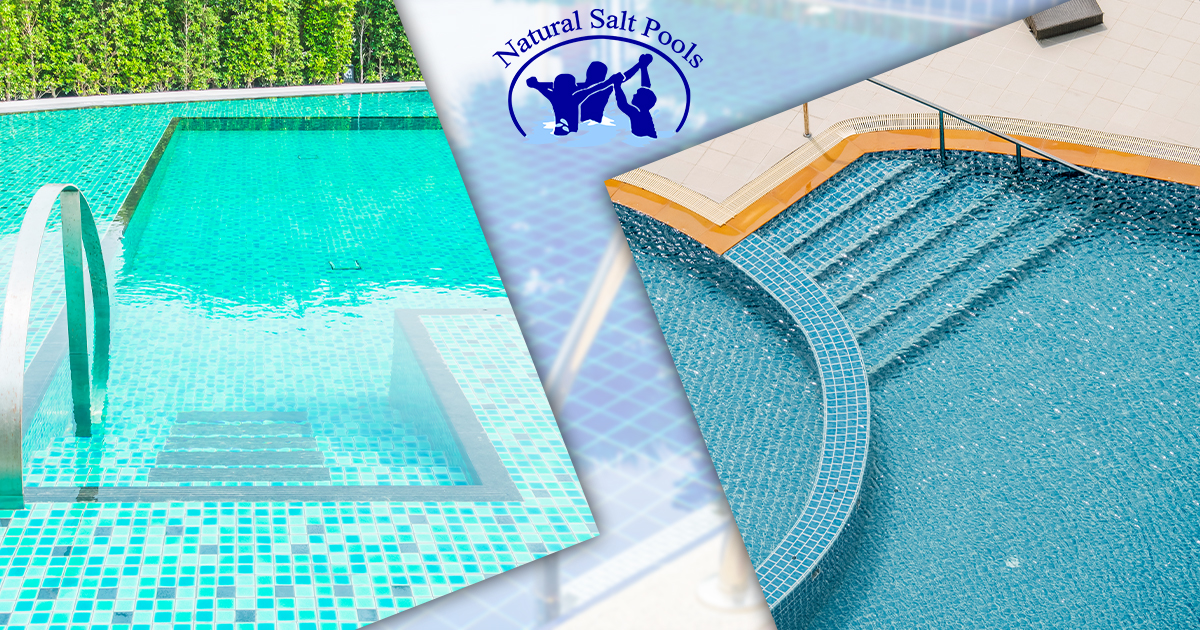Pool resurfacing is the process of applying a new layer or finish to the interior surface of a swimming pool. The original surface of a pool can become worn, stained, cracked, or otherwise deteriorated due to exposure to water, chemicals, and the elements. It is done to restore the pool’s appearance, improve its structural integrity, and extend its lifespan.
Pool resurfacing costs can vary widely based on factors including the type of pool, the size of the pool, the materials used, your location, and any additional work required. The cost of pool resurfacing can range from $3000 to $8000 or more.
Resurfacing a pool is an important maintenance task that helps restore the appearance and functionality of your pool. Here are some popular pool resurfacing tips to consider:
- Assessment and Planning: Before starting the resurfacing process, thoroughly assess the condition of your pool. Identify any cracks, chips, or other damage that needs to be addressed. Plan the resurfacing process based on the type of material you’ll be using for the new surface.
- Choose the Right Material: There are various pool resurfacing products, including plaster, pebbles, quartz, and more. Research the pros and cons of each material and choose one that fits your budget, aesthetics, and maintenance preferences.
- Hire a Professional: While some experienced DIYers might consider resurfacing their own pool, it’s often best to hire a professional. Pool resurfacing requires specialized skills and equipment to ensure a smooth and durable finish.
- Prepare the Surface: Proper surface preparation is crucial for a successful resurfacing project. Remove any loose or damaged material, repair cracks, and clean the surface thoroughly to ensure good adhesion of the new material.
- Consider Adding Color and Texture: Depending on the material you choose, you may have the option to add color and texture to the pool’s surface. This can enhance the overall aesthetics of your pool area.
- Monitor Weather Conditions: Pay attention to the weather forecast when scheduling the resurfacing work. Avoid doing the work during rainy or extremely hot periods, as these conditions can affect the curing process and the quality of the finish.
- Proper Mixing and Application: If you’re resurfacing yourself, make sure to follow the manufacturer’s instructions for mixing the material and applying it. Consistency in mixing and proper application techniques are key to achieving a smooth and durable finish.
- Curing Time: After the resurfacing is complete, allow ample time for the new surface to cure. Follow the manufacturer’s guidelines for curing time before refilling the pool with water.
- Regular Maintenance: Once the resurfacing is done, it’s important to follow a regular maintenance routine to extend the life of the new surface. Proper water chemistry, regular cleaning, and balanced usage of chemicals can help prevent premature wear and damage.
- Address Issues Promptly: If you notice any issues with the resurfaced pool, such as cracks, discoloration, or rough patches, address them promptly. Timely repairs can prevent minor problems from turning into major ones.
Swimming pool resurfacing at Natural Salt Pools
When choosing a pool resurfacing option, consider factors such as your budget, desired aesthetics, maintenance commitment, and how long you intend to enjoy the newly resurfaced pool before needing to resurface again. Pool resurfacing at Natural Salt Pool is done by professionals who specialize and can provide valuable insights. It helps you make an informed decision based on your specific needs and preferences.



Leave a Reply